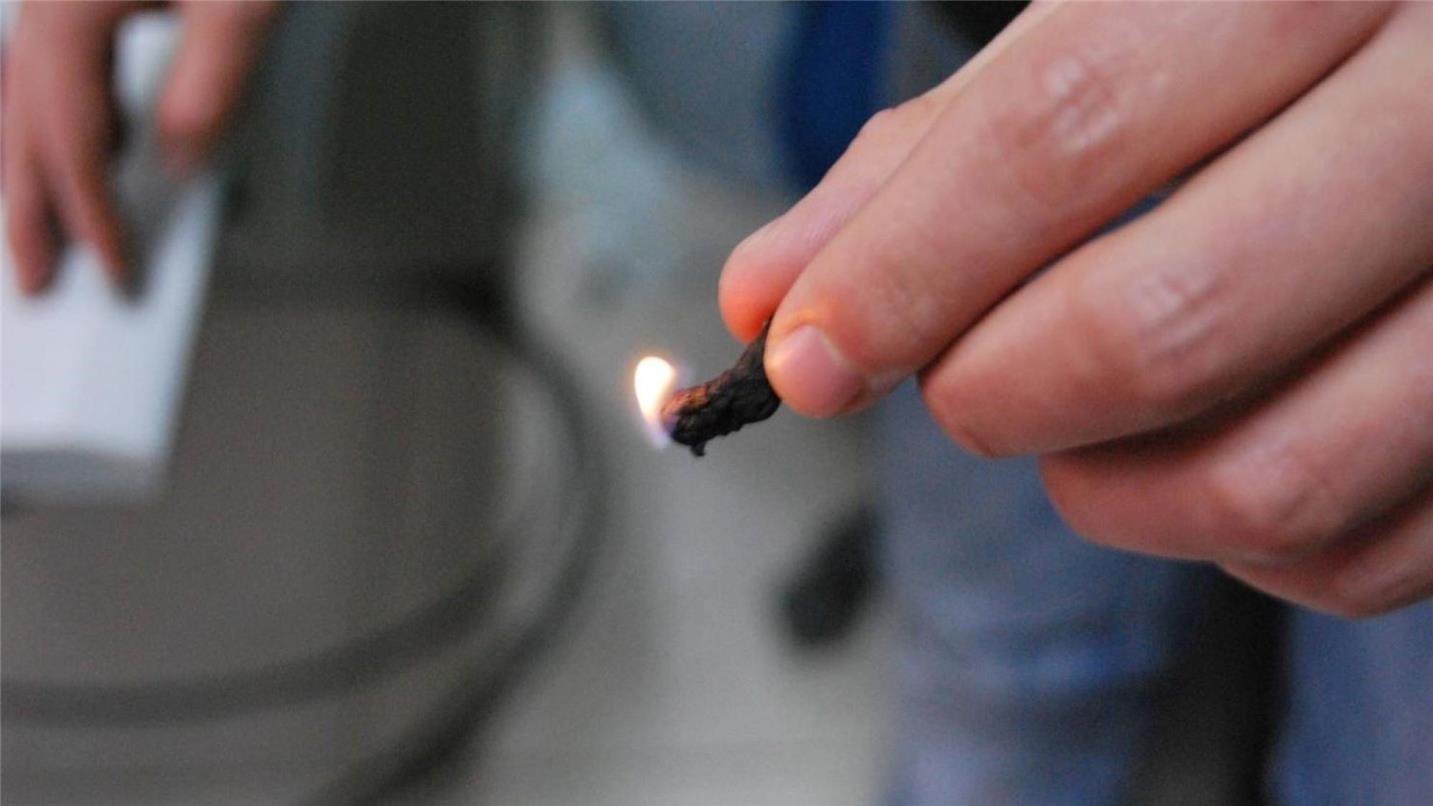The mission
SIP is one of the best developed industrial zones in China. Along with its economic development, the Park also pays a lot of attention in terms of ecological and environmental protection. In order to secure the water environment of SIP and its surroundings, and to limit the impact of industrial pollution, the Park has built two wastewater treatment plants with a total treatment capacity of 500,000 m3/day.
Sludge is the inevitable by-product generated during wastewater treatment process. It is usually in large volume, perishable, smelly and contains heavy metal, germs and hazardous components. It can seriously pollute the water body and underground water, soil and air. It can impact the human health if discharged to the environment without proper and safe treatment. Therefore, we must make it harmless, reduce and recycle, to avoid secondary pollution.
Our solution
Safe and efficient two-stage sludge drying process
Industry synergy and circular economy
The sludge drying plant is located close to a co-generation plant, and a wastewater treatment plant. Together, the synergy between the three plants achieves the concept of resource recycling.
Between wastewater treatment plant and sludge drying plant
• The wet sludge of the Wastewater Plant is sent to the sludge drying plant for treatment;
• The cooling water used during the sludge drying process is reclaimed water from the wastewater plant.
Between sludge drying plant and the co-generation plant
• The excess heat from the co-generation plant is supplied to the sludge plant in the form of steam to dry the sludge;
• The dried sludge is reused as fuel to be burned in the co-generation plant;
• The condensate generated during sludge drying process is sent to the co-generation plant as boiler water.
The results
In SIP, the treated dried sludge is sent to the power station, as an alternative fuel. Thereby allowing savings of about 24,000 tons standard coal and lowering of CO2 emissions. It is estimated that 100,000 tons of sludge can generate energy equivalent to 6,000 tons of fuel oil.
Water savings
The condensate generated during the sludge drying process is sent back to the power station to be reused for the boilers, which can save around 136,000 tons desalted water per year.
Bottom ash resulting from the incineration process is used by another industrialist in the park to produce cement, realizing the zero discharge of sludge disposal reducing by 20,000 tons of solid waste generated.
Low energy consumption
This advanced drying technology coupled with low energy consumption and high-level safety and environment protection, consume 40% energy less than the normal sludge drying process due to the cascade utilisation of energy.
tons/day
tons/year
standard coal saved
desalted water saved
tons/year

